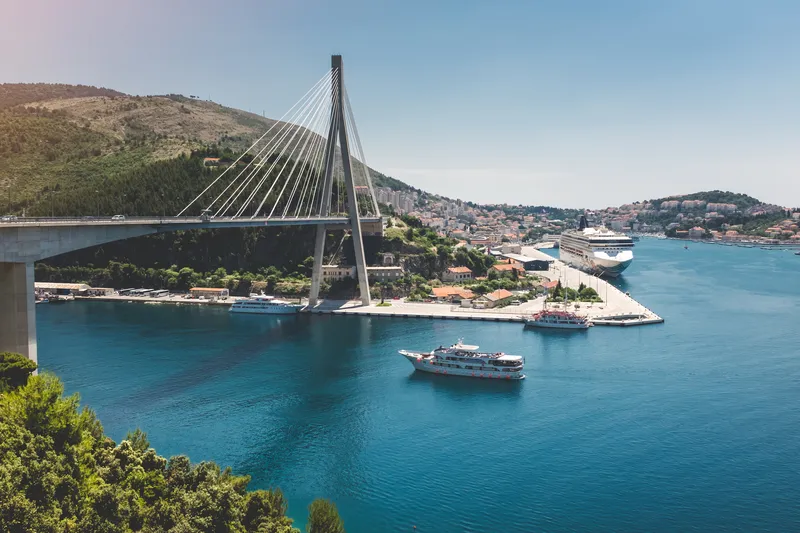The European Bank for Reconstruction and Development (EBRD) is providing a loan worth €50 million to help with the rehabilitation of regional and local roads as well as the modernisation and improvement of transport infrastructure in Albania.
This EBRD loan will be used to improve to 500km of roads in rural areas of Albania. The European Investment Bank (EIB) will provide a loan for the same amount for the project. The project is also supported by €33 million in grant financing from the European Commission
May 15, 2012
Read time: 2 mins
The 1166 European Bank for Reconstruction and Development (EBRD) is providing a loan worth €50 million to help with the rehabilitation of regional and local roads as well as the modernisation and improvement of transport infrastructure in Albania.
This EBRD loan will be used to improve to 500km of roads in rural areas of Albania. The1054 European Investment Bank (EIB) will provide a loan for the same amount for the project. The project is also supported by €33 million in grant financing from the 2465 European Commission under the Instrument for Pre-Accession Assistance (IPA) 2010/2011 programme, and an additional €4 million technical assistance grant from the Western Balkans Investment Framework (WBIF).
The investment is part of a wider national programme to rehabilitate 1,500km of regional and local roads, financed on a parallel by the2332 World Bank, 1561 OPEC Fund, the Council of Europe Bank and potentially other financiers.
This EBRD loan will be used to improve to 500km of roads in rural areas of Albania. The
The investment is part of a wider national programme to rehabilitate 1,500km of regional and local roads, financed on a parallel by the








